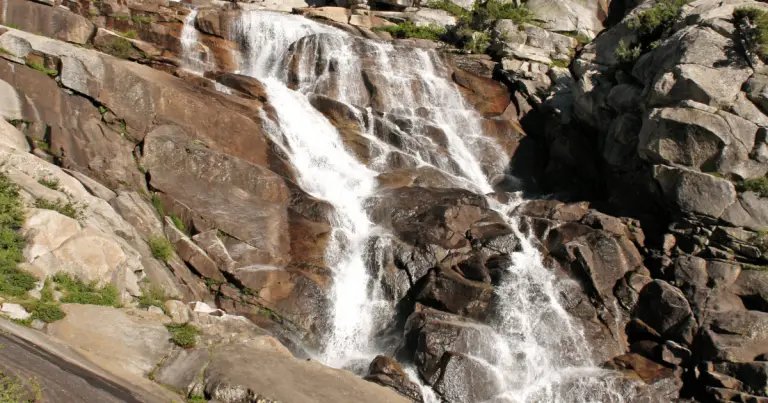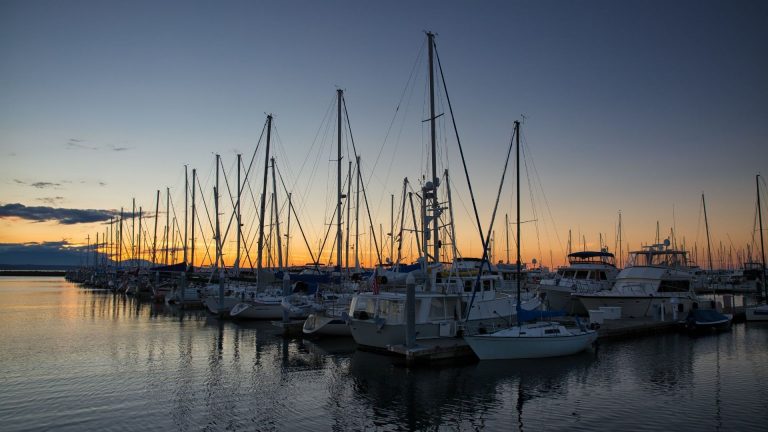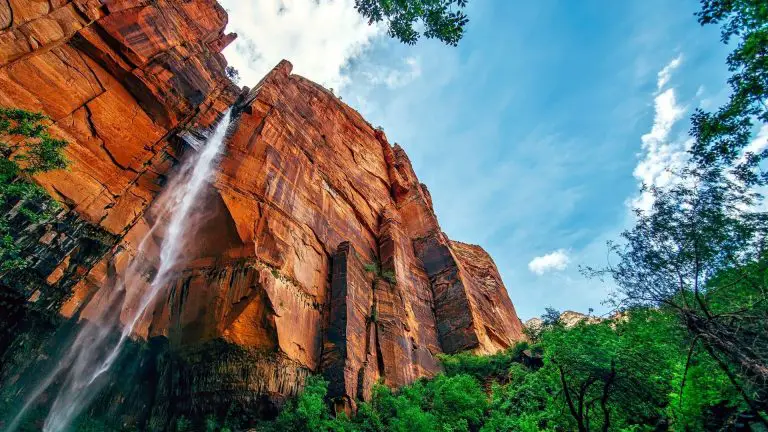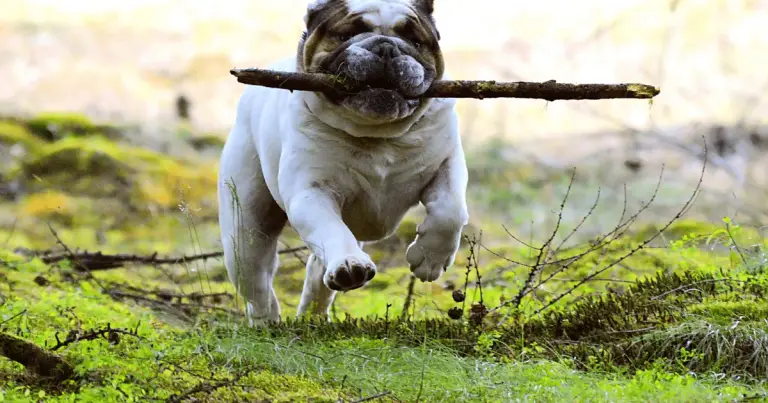Black Canyon Yellowstone: A Geological Wonder
In Yellowstone National Park, visitors can enjoy a variety of natural wonders such as geysers, hot springs, waterfalls, and wildlife. Among them lies the stunning Black Canyon Yellowstone, situated in the park’s northwestern part. The canyon is a remarkable sight, featuring a deep and narrow gorge that provides insight into Yellowstone’s geological past.
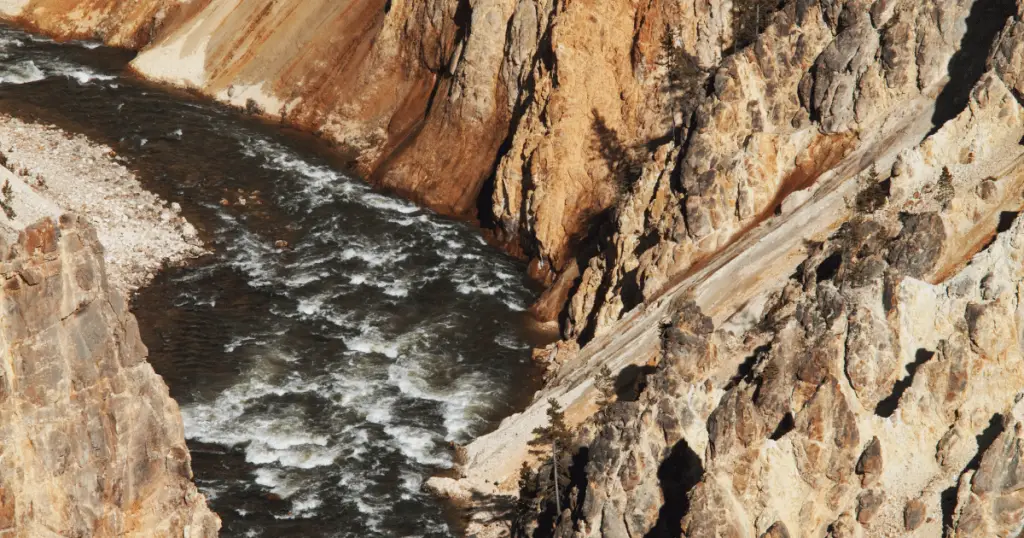
Formation of Black Canyon Yellowstone
The Black Canyon in Yellowstone has its striking appearance and unique geology to a series of geological processes that span millions of years. The formative journey began with violent volcanic activity linked to the Yellowstone Caldera, an underground magma chamber responsible for the park’s distinctive thermal features.
This volcanic activity led to the deposition of thick layers of lava and ash, which solidified into the rugged volcanic rock that forms the foundation of the canyon. As the eons passed, the forces of erosion gradually took over.
Wind, rain, and especially the Yellowstone River, which bisects the canyon, slowly cut into the rock, sculpting it into the deep and narrow gorge we see today. Glacial meltwater from the last ice age significantly contributed to this process, carving the canyon’s steep walls and dramatic cliffs.
The canyon’s distinct black walls, from which it gets its name, are another unique feature. This coloration results from chemical weathering, as iron and magnesium in the volcanic rock react with oxygen to form dark minerals.
The black walls, combined with the dense green vegetation and the rushing river at the bottom, create a dramatic and unique landscape that is quintessentially Yellowstone.
Location and Accessibility of Black Canyon Yellowstone
Black Canyon is situated in the northwestern quadrant of Yellowstone National Park. The nearest park entrance to the canyon is the North Entrance at Gardiner, Montana. Visitors can drive south on the Grand Loop Road to reach the canyon.
Several trailheads provide access to the canyon. The most popular of these is the Hellroaring Creek trailhead, located approximately 3.5 miles east of Tower Junction. The trail features a suspension bridge over the Yellowstone River and offers stunning canyon views.
Accessibility is a significant consideration for any visitor to Black Canyon. Parking is available at the Hellroaring Creek trailhead and several pullouts along the Grand Loop Road. Please note that these parking areas can fill quickly during peak tourist season.
As for hiking, Black Canyon Yellowstone offers trails for various skill levels. The Hellroaring Creek trail is a moderate hike of 6.3 miles roundtrip, with an elevation gain of 960 feet. The trail is well-marked and maintained, although some steep sections may be challenging for less experienced hikers.
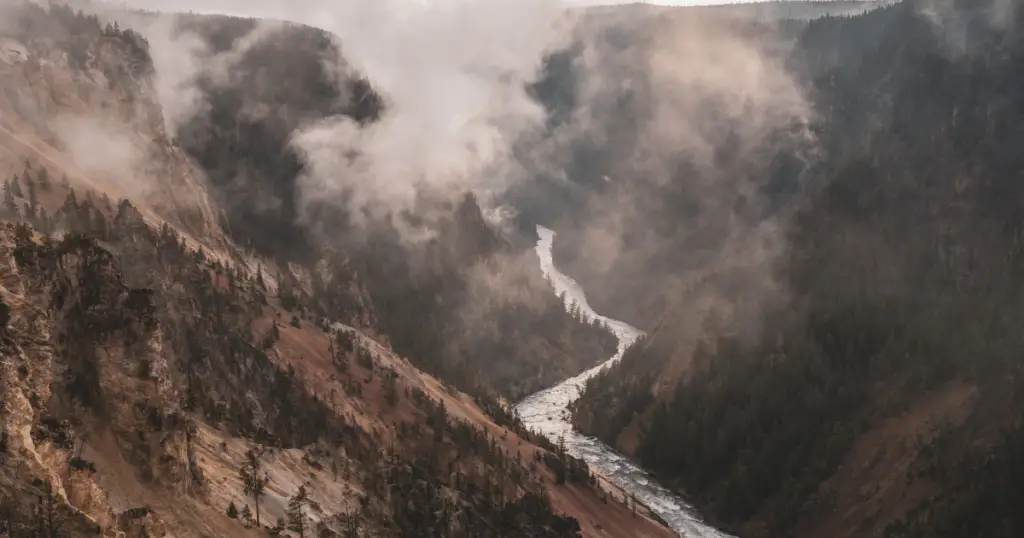
Black Canyon Yellowstone Trail Exploration
For those who love hiking, Black Canyon offers an array of opportunities to explore the exciting topography of this geological wonder. Among the various trails here, the Black Canyon Trail stands out. Stretching over 7 miles, this trail offers an immersive experience of the canyon’s distinct ecology and impressive geology.
The Black Canyon Trail is a moderately challenging route, with some steep climbs and a few rocky sections. However, the trail is well-trodden and clearly marked, making it a popular choice for experienced hikers and adventurous beginners alike. Though it’s a demanding hike, the rewards are more than worth the effort.
As you traverse the trail, you’ll be treated to awe-inspiring views of the canyon’s black walls contrasted with the vibrant green vegetation and azure river below. The trail offers several scenic viewpoints, each providing a unique canyon perspective.
Particularly noteworthy is the view overlooking the Yellowstone River, where the panoramic vista is genuinely breathtaking. The trail is accessible throughout the year, but the best times to hike the Black Canyon Trail are from late spring to early autumn.
During these months, the weather is typically ideal for hiking, and the trail conditions are favorable. Wildlife sightings are also more common in these periods.
Geological Features of Black Canyon Yellowstone
At the heart of the Black Canyon’s allure lies its unique geological features, primarily composed of volcanic rocks such as obsidian and pumice, which hold significant geological and historical interest.
A shiny black volcanic glass, Obsidian is created when high-viscosity lava cools rapidly with minimal crystal growth. It is hard, brittle, and amorphous, breaking with a smooth, curved surface.
In the Black Canyon, you can observe this distinctive rock type in various sections, its glossy surfaces starkly contrasting the surrounding landscape. On the other hand, Pumice is a type of volcanic rock that is light in color and highly porous.
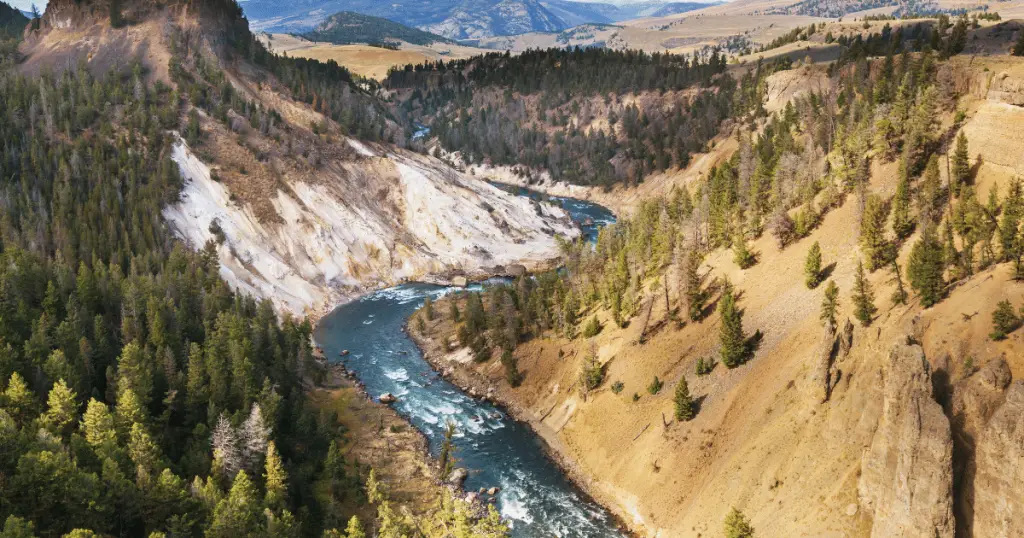
This porosity results from gas bubbles trapped in the rock during rapid cooling and solidification of high-gas-content lava. Pumice stones in Black Canyon can often be found near the riverbanks, their roughened surfaces and lightweight making them easily recognizable.
Other volcanic rocks present in the canyon include basalt and rhyolite. Basalt, a dark-colored rock, is the most common volcanic rock on Earth, while rhyolite is typically light in color and has a high silica content. These rocks showcase the diverse range of volcanic activity over the canyon’s long geological history.
Visitors to the Black Canyon can appreciate these geological wonders firsthand. The marked trails offer numerous opportunities to observe and identify these rocks. While hiking, consider bringing along a geological field guide to help identify the different stones and learn about their formation.
Wildlife Encounters in Black Canyon Yellowstone
The Black Canyon area of Yellowstone National Park is a thriving oasis of wildlife where visitors can witness some of the most iconic species of North American fauna in their natural habitat. Among them are the majestic bison, nimble elk, and a rich variety of birds.
Bison, often regarded as a symbol of the American West, are a common sight in the Black Canyon area. These massive animals, the heaviest land mammals in North America, can often be seen grazing in the meadows and valleys, their shaggy brown coats a stark contrast against the vibrant landscape.
Elk, another prevalent species in the area, are known for their large antlers and graceful demeanor. These large deer are most active during dawn and dusk, providing early risers and late evening hikers with an unforgettable wildlife viewing experience.
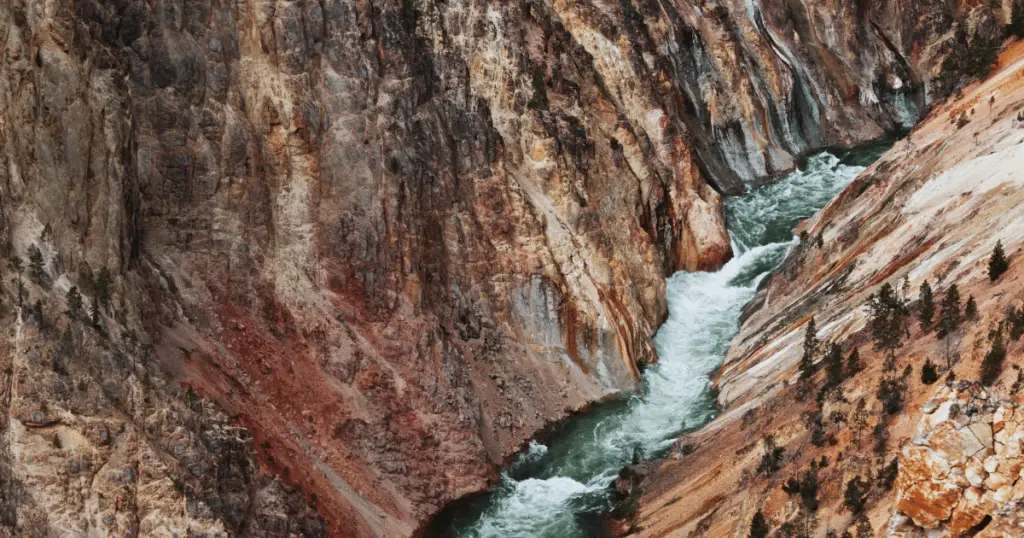
Birdwatchers, too, will find Black Canyon a paradise, with various avian species making their home in the area. From raptors like eagles and hawks to waterbirds such as ducks and herons and songbirds including finches and warblers, the canyon provides a symphony of bird calls that add to the area’s serene atmosphere.
To increase your chances of wildlife sightings, maintain a respectful distance and use binoculars or a zoom lens for closer views and photography. Early morning and late afternoon are often the best times for wildlife observation.
Safety Considerations for Visitors Exploring Black Canyon Yellowstone
The Black Canyon area offers an exhilarating outdoor experience, but visitors must adhere to safety guidelines to ensure a safe and enjoyable visit. Yellowstone National Park is a wild, natural environment; changing weather conditions, rugged terrain, and wildlife encounters can pose potential hazards.
Weather conditions in the Black Canyon can change rapidly and unexpectedly. It’s essential to check the weather forecast before you leave and prepare accordingly. Carry suitable clothing for various conditions, including waterproof gear for unexpected rain showers and warm layers for chilly temperatures.
During the summer, thunderstorms can develop quickly, so it’s crucial to be aware of the signs and take cover if necessary. The terrain in the Black Canyon can be challenging, with steep climbs, rocky sections, and narrow paths.
Always stick to the marked trails to minimize the risk of accidents. Wearing sturdy, comfortable footwear will help prevent slips and falls. Moreover, ensure you are in good physical condition to undertake the hikes, and always carry a map and a compass.
Wildlife encounters are a highlight of a visit to the Black Canyon but can also present hazards. Keep a safe and respectful distance from all wildlife, and never attempt to feed or touch them.
Conclusion: Black Canyon Yellowstone
The Black Canyon area in Yellowstone National Park offers a spectacular blend of geological marvels, abundant wildlife, and thrilling outdoor activities. As visitors, respecting the park’s natural beauty and contributing to its preservation is paramount.
By sticking to the trails, observing wildlife from a distance, and ensuring personal safety, visitors can enjoy the wonders of this unique ecosystem. The Black Canyon area serves as a stark reminder of the breathtaking beauty that nature offers and the responsibility we all share in its protection.

